- Home
- Multimedia
- Photo Gallery
- Spewing fire: The volcanic paroxysms of Mount Etna
Spewing fire: The volcanic paroxysms of Mount Etna
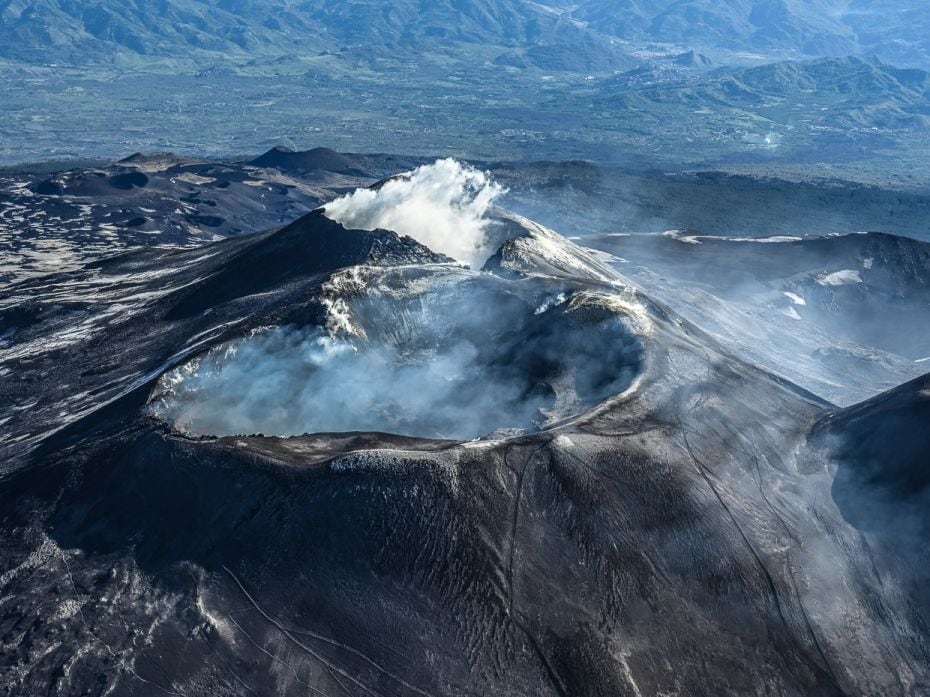
Image by : Fabrizio Villa/ Getty Images
An aerial view of the summit craters of the volcano Etna. May 8, 2019. Mount Etna, towering above Catania, Sicily's second largest city, has one of the world's longest documented records of historical volcanism, dating back to 1500 BC. In December 2020, Etna’s explosive activity and lava output began to spike after a dormant period.
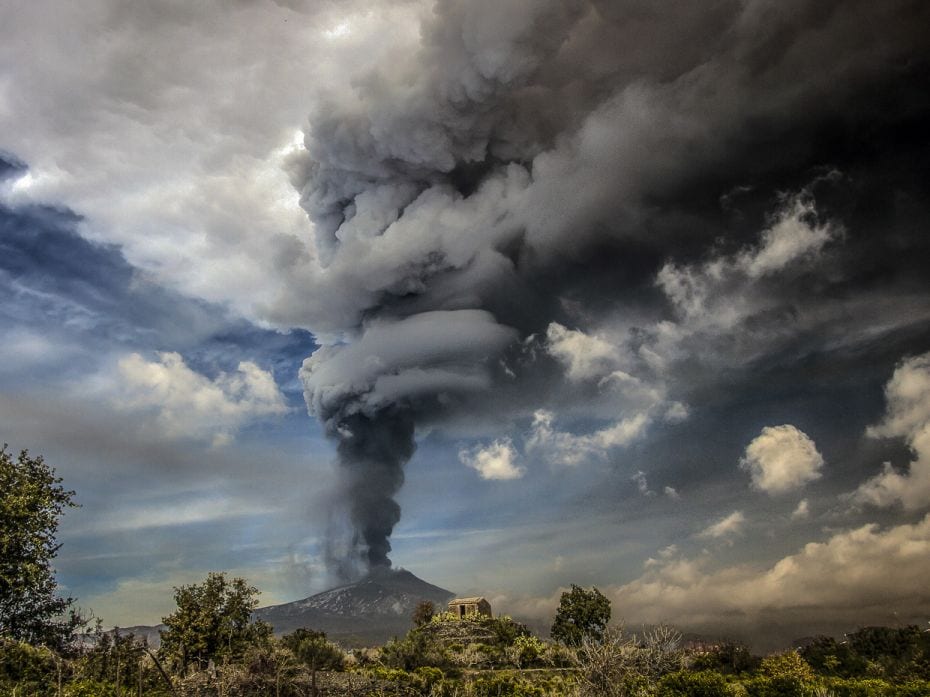
Image by : Giuseppe Distefano/ KONTROLAB / LightRocket via Getty Images
Ash plume during the paroxysm at southeast crater of the volcano Dec 04, 2015. Belching out a towering cloud of ash and lava stone onto Sicilian villages, the volcano's roars echoed among the houses of about a million people living on its slopes.
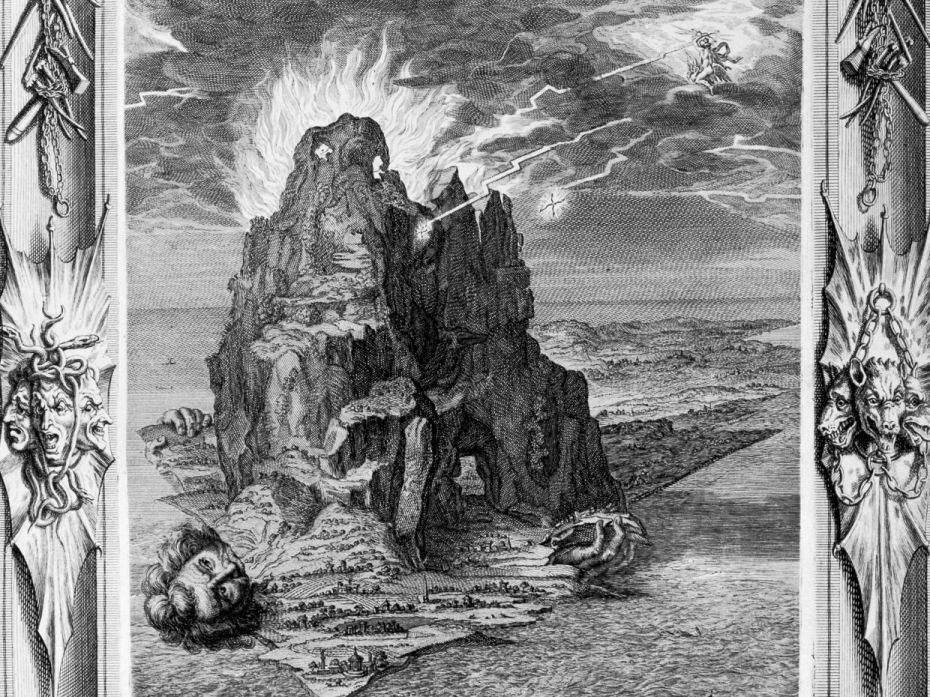
Image by : Art Media/ Print Collector/ Getty Images
Enceladus lies buried underneath Mount Etna, 1733 (A plate from Le Temple des Muses, Amsterdam, 1733). In Greek Mythology, Mount Etna’s eruptions are said to be the breath of Enceladus the Giant, and its tremors caused by him rolling over from side to side beneath the mountain. The legend goes that Athene battled Enceladus in the War of the Giants and crushed him beneath the Mount.
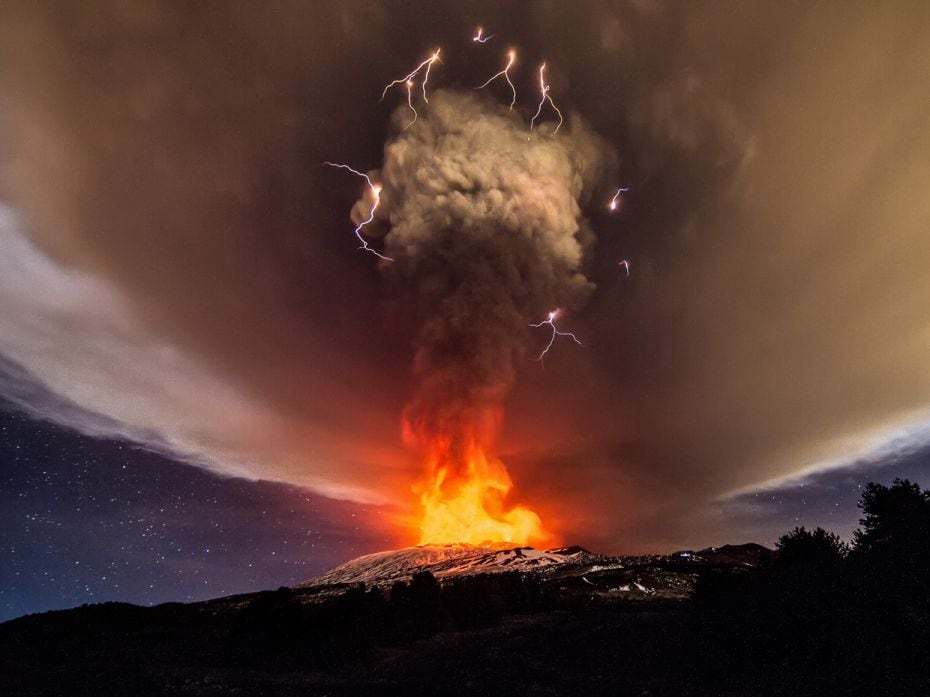
Image by : Marco Restivo/ Barcroft Media via Getty Images
A view of a volcanic eruption at Mount Etna's Vorgaine crater on Dec 03, 2015, in Sicily, Italy. In the ancient Greek religion, the god of fire Hephaestus was a heavenly metallurgist and patron of metal workers. It was believed that fires emitted from volcanoes marked the position of his several forges underneath the earth.
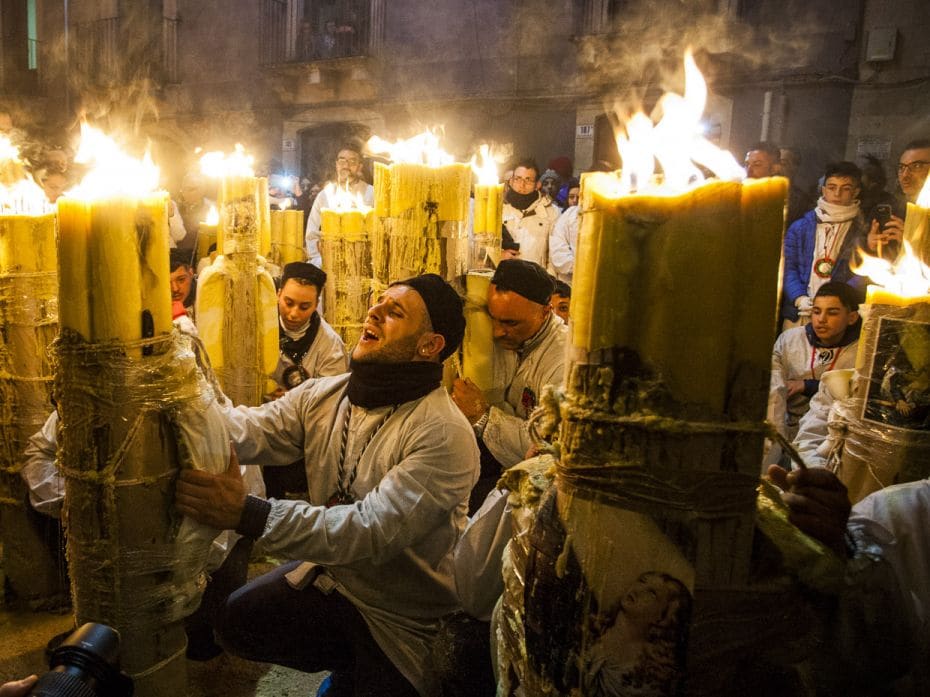
Image by : Claudio Lavenia/ Getty Images
A worshipper prays to the city's patron saint Sant’Agata during the annual religious festival in Catania, February 5, 2017. The statue of the saint is believed to have saved the city from Etna's volcanic lava, and is carried in procession along with giant wax torches as a sign of devotion.
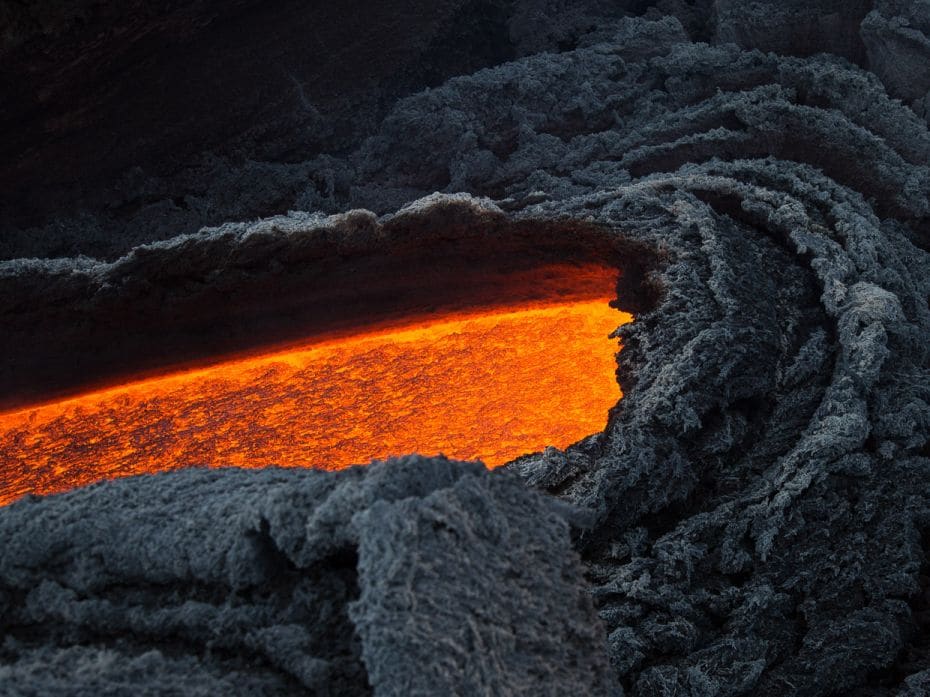
Image by : Marco Restivo/ Barcroft Media via Getty Images
Eruptive activity on Etna volcano where lava flows down towards the Move valley on March 27, 2017. Volcanoes erupt when molten rock (magma) rises to the surface. Magma forms when the Earth’s mantle melts under the extreme conditions caused by the planet’s tectonic plates pulling apart or being pushed against each other. As magma rises to the surface, bubbles of gas form inside it, creating pressure that forces an eruption, which flows down the volcano as lava.
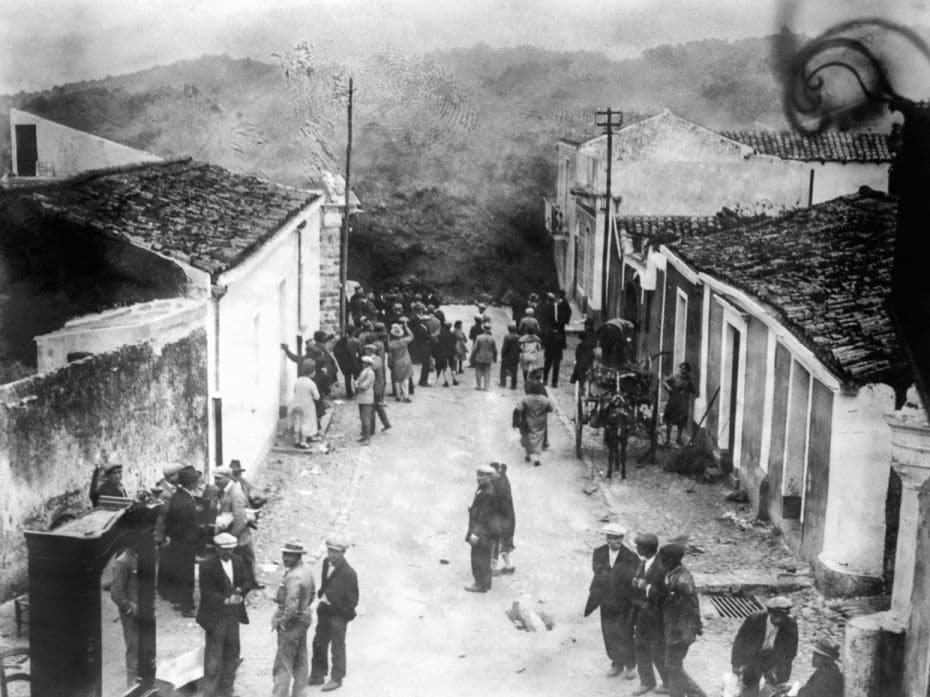
Image by : Gamma-Keystone via Getty Images
Lava flow entered the village of Mascali and buried it in a day after the eruption of Mt Etna in 1928. There was an orderly evacuation of its inhabitants. Rebuilding Mascali provided an opportunity for the fascist government of the time to demonstrate efficient centralised planning. A completely new town was built on a grid-iron plan with many of the buildings reflecting the 'fascist architecture' of the time.
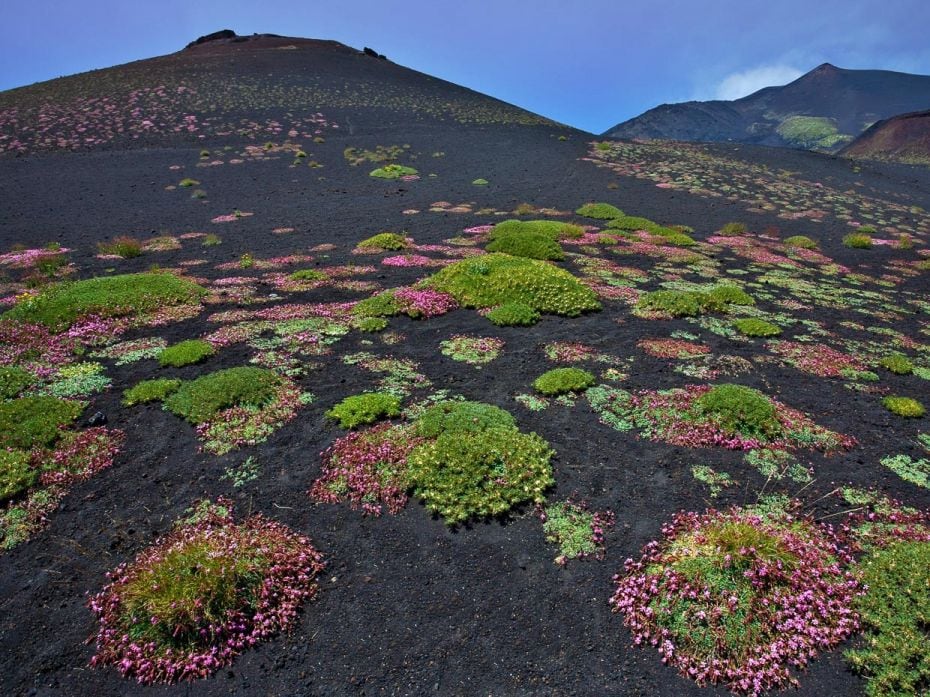
Image by : Riccardo Lombardo/ REDA&CO/ Universal Images Group via Getty Images
Local vegetation and lava on Etna volcano, Sicily, Italy. March 25, 2014. The mountain’s three ecological zones exhibit its own characteristic vegetation. About 2,500 meters from the arid summit, amid views of lunar landscapes, there are profusions of saponaia flowers, Sicilian astragalus, tansy, cerastium, senecio, camomile of Etna, Etna rennet, romice and kinds of moss and lichen.
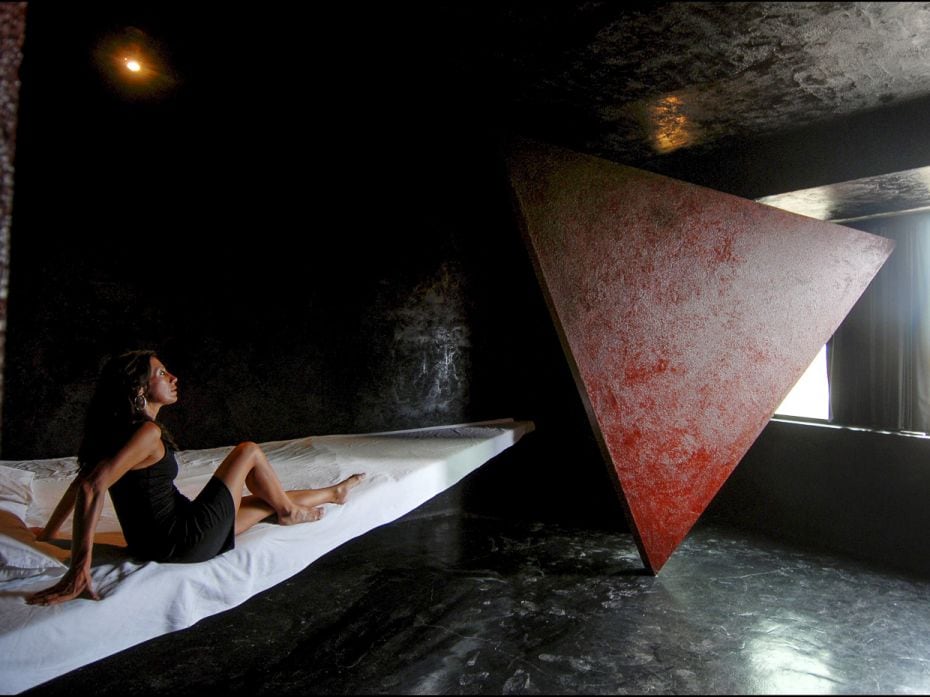
Image by : Eric VANDEVILLE/ Gamma-Rapho via Getty Images
’For a volcano to appear, as if in a dream'. This room at the The Atelier sul Mare, a museum hotel in Sicily, by the artist Mauricio Staccioli was inspired by the form and colours of the volcano that dominate the Sicilian landscape and its peoples’ minds. The walls are made out of a knead containing the Etna's lava. The Atelier was conceived by the eccentric billionaire Antonio Presti, who has always striven to elevate “an alternative" art.

Image by : Marco Restivo/ Barcroft Media via Getty Images
A hypnotic plume of gas, pyroclastic ash and lava fountains mark the new eruption of Etna volcano from the Southeast Crater, March 10, 2021. The death of the Greek philosopher Empedocles in 434 BC was mythologised by ancient writers. A version has it that he leapt into the crater of Etna so that he might be deemed a god. Not surprisingly, one of the surviving fragments of his poems is called Purifications.





